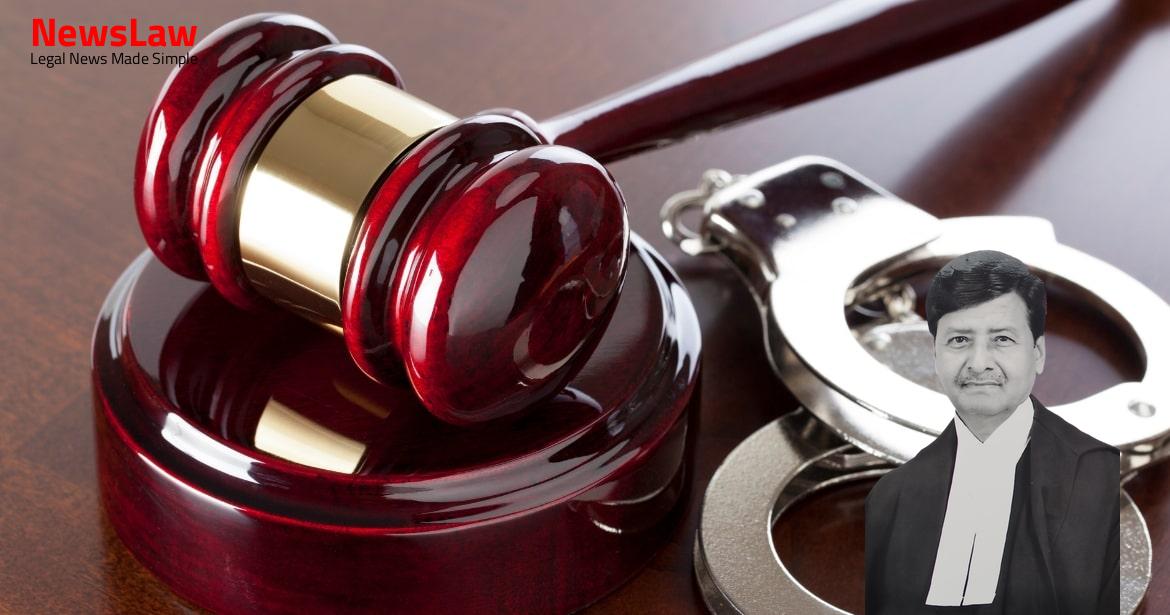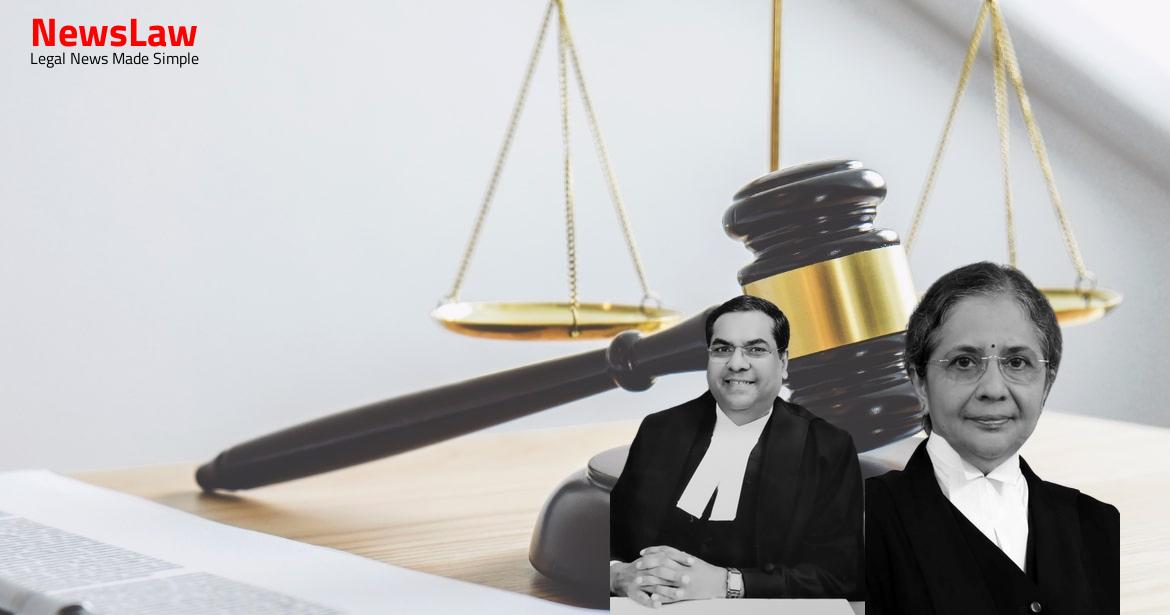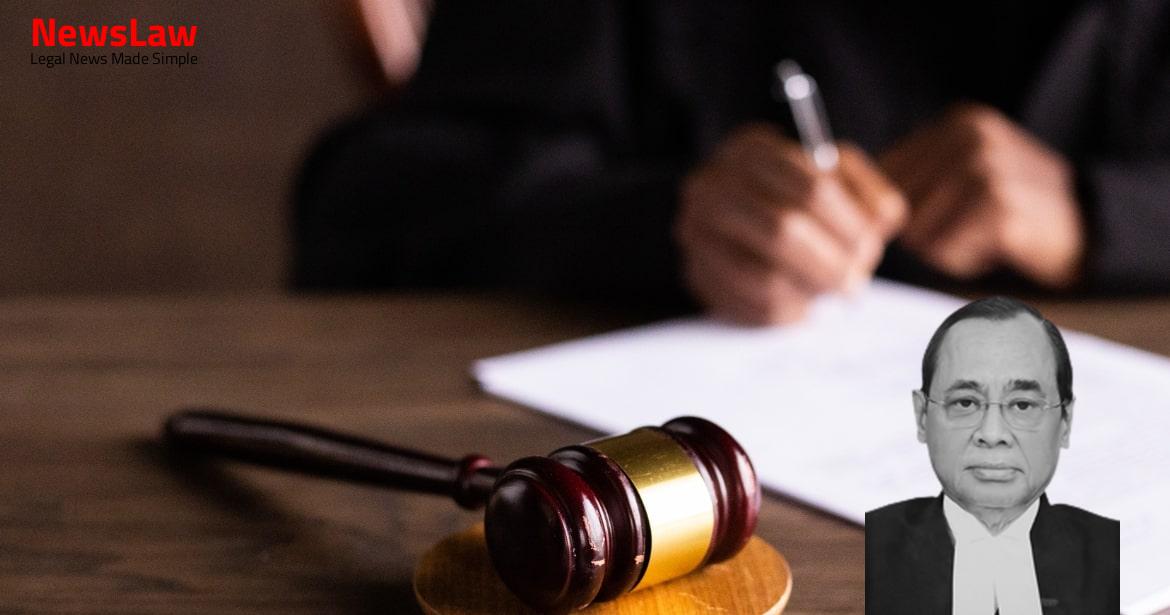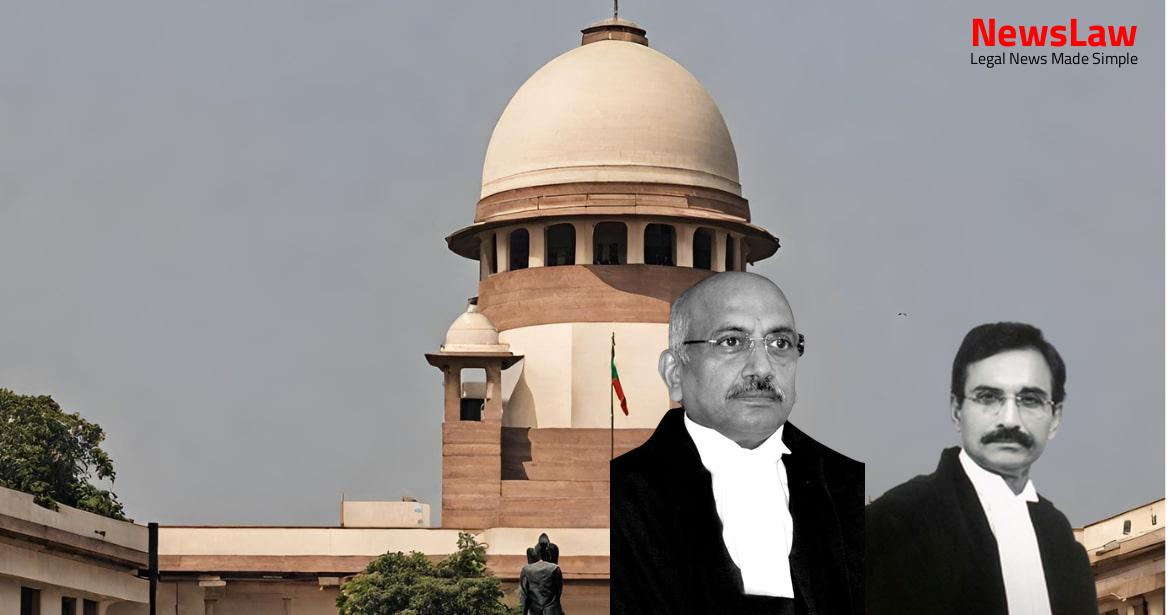A significant legal case regarding specific performance and the bar under Order 2 Rule 2 was recently decided by the Supreme Court of India. The case involved issues surrounding a suit for specific performance of an agreement to sell agricultural land, where various courts assessed the applicability of Order 2 Rule 2. Learn more about the details and implications of this case in the legal landscape.
Facts
- The appellant instituted a Special Suit seeking specific performance of an agreement to sell agricultural land.
- A notice was issued to the defendant for performance of the contract, but the defendant refused to execute the sale deed.
- The suit for injunction was dismissed in default, and no leave of the Court was sought to institute a suit for specific performance subsequently.
- Original defendant entered into an agreement to sell with the original plaintiff for a total consideration of Rs 1,80,000.
- The High Court held that the suit for specific performance was barred by Order 2 Rule 2 of the CPC as an earlier suit for injunction was filed.
- Despite contemplation of instituting a suit for specific performance while filing the earlier suit, no leave of the Court was sought.
- An amount of Rs 1,50,000 was paid as earnest at the time of the agreement to sell.
- The plaintiff failed to seek the leave of the Court to file a subsequent suit on the same cause of action seeking performance, leading to dismissal of the suit for specific performance.
- The certified copy of the plaint in the earlier suit was on record and it furnished a complete cause of action for the relief of specific performance.
- The absence of an issue did not cause any prejudice according to the court, hence no remand was warranted.
- The first appellate court noted various discrepancies in the trial court’s handling of the case but ultimately decreed the suit for specific performance.
- The High Court set aside the first appellate court’s judgment and remanded the case back to it by consent of parties for reconsideration.
- Following a remand, the issue of whether the suit was barred by Order 2 Rule 2 of the CPC was considered by the District Judge.
- The plaintiff’s failure to seek the relief of specific performance when filing the earlier suit for injunction was seen as relinquishment of that claim.
- Despite various objections raised during the proceedings, the first appellate court ultimately upheld the decree for specific performance.
Also Read: Court’s Jurisdiction in Re-appraising Arbitrator’s Findings
Arguments
- The appellant argued that the bar under Order 2 Rule 2 is not attracted in this case as none of the courses of action presented were adopted.
- It was pointed out that the Trial Court concluded the suit for specific performance was barred under Order 2 Rule 2 without framing a specific issue.
- Reference was made to the decision in Gurbux Singh v Bhooralal where it was established that for the bar under Order 2 Rule 2 to be applicable, there must be a showing of identity between the causes of action in the two suits.
- The appellant emphasized that the defendant did not provide the pleadings from the previous suit as evidence in the subsequent suit to prove the identity of cause of action.
- It was highlighted that the plaintiff in the subsequent suit was not shown the plaint from the earlier suit during the evidence stage, depriving the plaintiff of the chance to demonstrate the lack of identity between the causes of action.
- The counsel argued that in order for the bar under Order 2 Rule 2 to apply, there must be an essential requirement of identifying the same cause of action in both suits.
- Suggestions were made that the first appellate court could have framed an issue and allowed evidence to be presented for a determination by the Trial Court, or could have made the determination itself upon presentation of additional evidence under Order XLI Rule 27.
- The plaintiff omitted to seek leave of the court under Order 2 Rule 2(3), resulting in the bar under the provision being attracted.
- The plaint in the earlier suit was duly marked as an Exhibit without objection from the plaintiff, distinguishing it from the situation in Gurbux Singh (supra).
- Counsel relied on decisions in Virgo Industries (Eng.) Private Limited v Venturetech Solutions Private Limited and Pramod Kumar v Zalak Singh to support the argument.
- The appellate court and the High Court supported the view taken by the Trial Court, as the plaint in the earlier suit clearly referenced the agreement to sell, payment of consideration, and the notice of performance issued by the plaintiff.
Also Read: Contrary Directions in Issuance of Letter of Intent
Analysis
- The Constitution Bench decision highlighted the necessity of proving the plaint in the earlier suit as evidence to support the plea under Order 2 Rule 2.
- An omission of a claim for relief without the Court’s leave attracts the bar under Order 2 Rule 2(3).
- The District Judge and the first appellate court emphasized the importance of proving the plaint from the earlier suit in assessing the applicability of Order 2 Rule 2.
- The plaintiff’s intention to sue for specific performance was evident in the pleadings but was not pursued.
- The bar under Order 2 Rule 2 was held to be applicable as the plaintiff omitted to pursue a claim for specific performance in the earlier suit.
- The High Court’s dismissal of the Second Appeal was based on the bar under Order 2 Rule 2, leading to proceedings before the Supreme Court.
- Granting leave by the Court can obviate the consequences of the bar under Order 2 Rule 2(3).
- An assessment of the identity of cause of action between the earlier and subsequent suits is crucial in determining the application of the bar under Order 2 Rule 2.
- The provisions of Order 2 Rule 2 were discussed in the case of Virgo Industries (Eng.) Private Limited (supra).
- The rationale behind Order 2 Rule 2 has been explained in various judgments, including the case of Mohd. Khalil Khan v Mahbub Ali Mian.
- In the case of Mohd. Khalil Khan v Mahbub Ali Mian, the Privy Council emphasized on the importance of Order 2 Rule 2.
- The plaintiff paid Rs 1,50,000 to the defendant at the time of execution of the agreement on 26 October 1995.
- An amount of Rs 1,40,000 was deposited as earnest money, and Rs 30,000 was deposited before the Trial Court following the appellate court’s order.
- The defendant failed to refund the above amounts, leading the plaintiff to seek court intervention.
- The court directed the defendant to refund the deposited amount along with nine percent interest per annum.
- The plaintiff did not seek the court’s permission to sue for specific performance and only prayed for a permanent injunction.
- The subsequent suit filed by the plaintiff was found barred under Order 2 Rule 2 by all three courts and was dismissed.
- The plaintiff deposited the balance of Rs 30,000 before the first appellate court on 3 February 2012.
- The court, under Article 142, decided to render complete justice between the parties.
Also Read: Application for Stay in Civil Suit Rejected: Court’s Legal Analysis
Decision
- The plaintiff is directed to be refunded Rs 1,40,000 along with 9% interest within two months
- The plaintiff is entitled to a refund of Rs 30,000 deposited in the Trial Court with any accrued interest
- The plaintiff can seek Court directions if the defendant fails to pay within two months
- The appeal is disposed of, maintaining the High Court’s judgment
- The accompanying Civil Appeal has also been decided
Case Title: VURIMI PULLARAO S/O SATYANARAYANA Vs. VEMARI VYANKATA RADHARANI W/O DHANKOTESHWARRAO
Case Number: C.A. No.-009065-009065 / 2019



